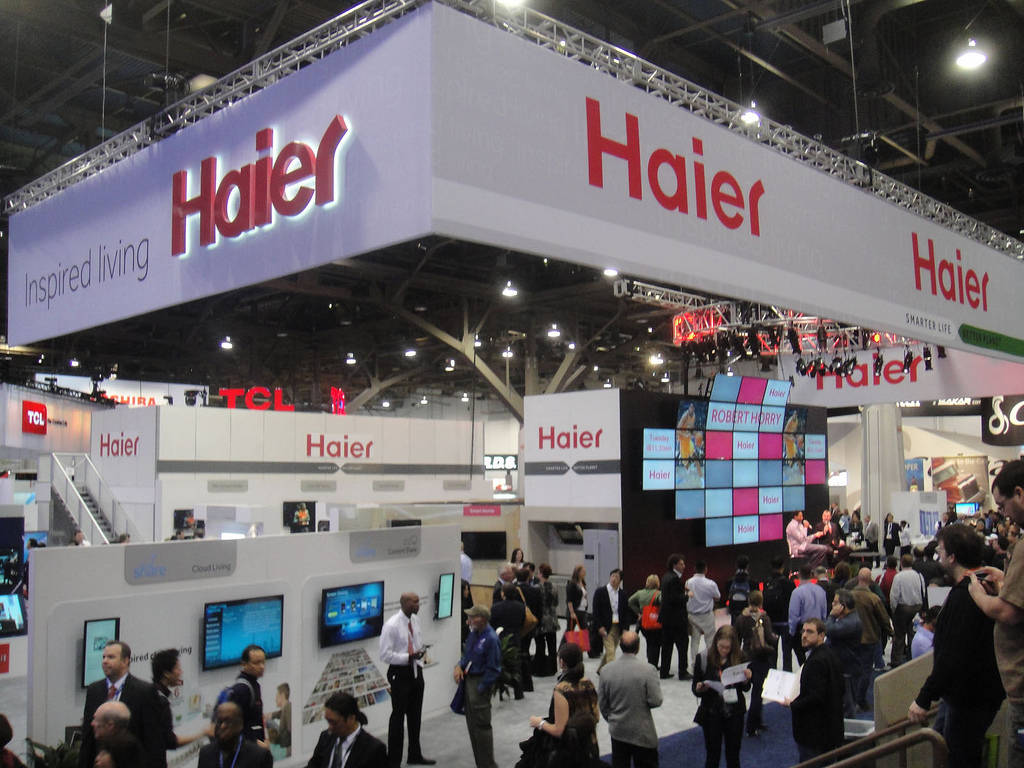Most consumers in developed and emerging markets are now facing an interesting choice making dilemma. It’s the dilemma of plenitude. This relates to most purchase decisions which includes a wide spectrum of products and services from buying corn flakes (a fairly low ticket item) to a car (a fairly big ticket item) and even the car insurance as well as accessories. The plethora of choice creates two major psychological conditions in consumer minds:
1. Consumer confusion: I have dealt with this in some of my earlier posts focusing on antecedents and consequences of consumer confusion.
2. Consumer compromise: This post focuses on the compromise effect in our decision making.
The compromise effect academically has been given another interesting name ‘perceived sacrifice’. Let’s take an example of how it happens. Imagine that you are planning to buy a new phone. There are several major considerations when you are thinking of buying a mobile phone:
1. Service provider
2. Type of contract
3. Brand of phone
4. Type of OS
5. Size of Applications market
6. Features of the phone and so on…
Let’s say you want a sleek phone which is very quick (for example, HTC LEO) however, you don’t want to be stuck with the old OS which is as such going to be replaced soon (i.e. WinMo 6.5). Then you read about the holding issue relating to iPhone 4 and now look at Symbian based phones. However, you want WinMo type of connectivity and freedom. And we are back to square 1.
As there is no perfect phone we try to compromise (or sacrifice) several benefits to the cost of the product or service. Researchers have observed that buying behaviour may change depending on how the perceived compromise balances with the cost. Perceived compromise consists of monetary aspects such as price and non- monetary aspects such as time, search costs and physical efforts. Most of the research has identified monetary aspects as the major contributor to perceived sacrifice. However, I believe with the extending features based battle in the marketplace and price points remaining fairly constant across brands, non-monetary aspects are becoming ever so prominent in consumer decision making. This increases the compromise effects.
Such compromise effect can have a direct effect on consumer choice goals (anticipated regret, evaluative costs, choice confidence and justification) and perceived value of the product or service. This is because buyers’ perception of value is based on trade- off between the product compromise they perceived in comparison to the sacrifice they perceived in monetary terms.
So, the higher the compromise:
a) the higher the anticipated regret
b) the higher the evaluative costs
c) the lower the choice confidence and justification.
Therefore, compromises can have a significant impact on value and future behavioural intentions of consumers.
This is a really ripe of area for research and the compromise effect needs much further empirical attention. Experimentation as a technique can greatly help us understand the impact of consumer compromises on final decision making.
Most consumers in developed and emerging markets are now facing an interesting choice making dilemma. It’s the dilemma of plenitude. This relates to most purchase decisions which includes a wide spectrum of products and services from buying corn flakes (a fairly low ticket item) to a car (a fairly big ticket item) and even the car insurance as well as accessories. The plethora of choice creates two major psychological conditions in consumer minds:
1. Consumer confusion: I have dealt with this in some of my earlier posts focusing on antecedents and consequences of consumer confusion.
2. Consumer compromise: This post focuses on the compromise effect in our decision making.
The compromise effect academically has been given another interesting name ‘perceived sacrifice’. Let’s take an example of how it happens. Imagine that you are planning to buy a new phone. There are several major considerations when you are thinking of buying a mobile phone:
1. Service provider
2. Type of contract
3. Brand of phone
4. Type of OS
5. Size of Applications market
6. Features of the phone and so on…
Let’s say you want a sleek phone which is very quick (for example, HTC LEO) however, you don’t want to be stuck with the old OS which is as such going to be replaced soon (i.e. WinMo 6.5). Then you read about the holding issue relating to iPhone 4 and now look at Symbian based phones. However, you want WinMo type of connectivity and freedom. And we are back to square 1.
As there is no perfect phone we try to compromise (or sacrifice) several benefits to the cost of the product or service. Researchers have observed that buying behaviour may change depending on how the perceived compromise balances with the cost. Perceived compromise consists of monetary aspects such as price and non- monetary aspects such as time, search costs and physical efforts. Most of the research has identified monetary aspects as the major contributor to perceived sacrifice. However, I believe with the extending features based battle in the marketplace and price points remaining fairly constant across brands, non-monetary aspects are becoming ever so prominent in consumer decision making. This increases the compromise effects.
Such compromise effect can have a direct effect on consumer choice goals (anticipated regret, evaluative costs, choice confidence and justification) and perceived value of the product or service. This is because buyers’ perception of value is based on trade- off between the product compromise they perceived in comparison to the sacrifice they perceived in monetary terms.
So, the higher the compromise:
a) the higher the anticipated regret
b) the higher the evaluative costs
c) the lower the choice confidence and justification.
Therefore, compromises can have a significant impact on value and future behavioural intentions of consumers.
This is a really ripe of area for research and the compromise effect needs much further empirical attention. Experimentation as a technique can greatly help us understand the impact of consumer compromises on final decision making.







